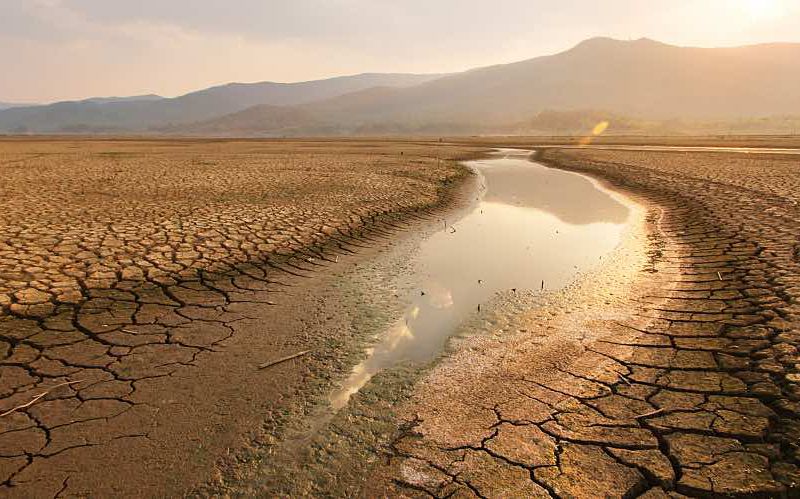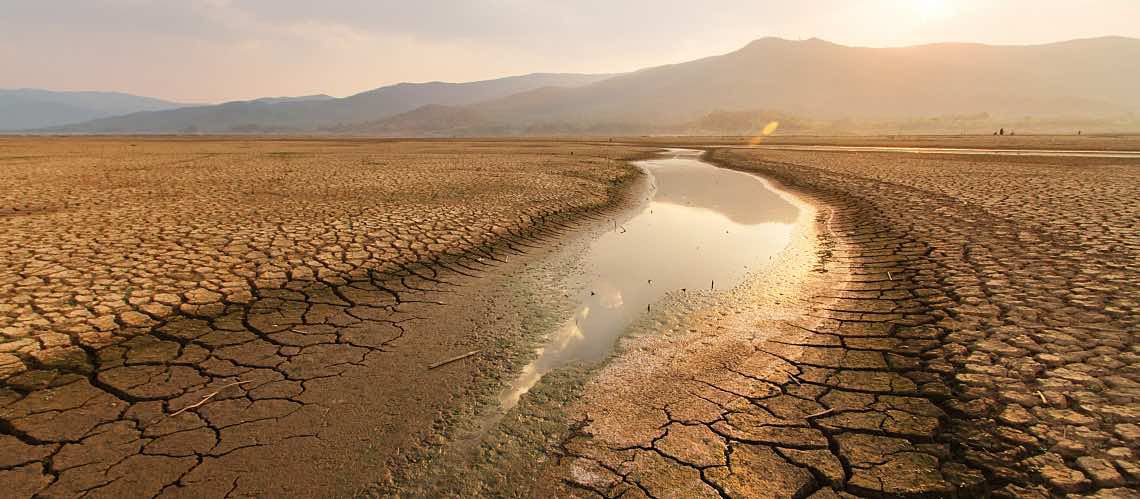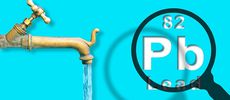Droughts: Emergency Preparedness for Water Utilities and Labs


At the end of May 2022, more than half of U.S. states were experiencing drought conditions, affecting more than 90 million people, according to the National Integrated Drought Information System. The West is currently struggling with the worst drought in more than 1,200 years, according to Smithsonian Magazine.
Droughts have become a fact of life in this country, and the trend is expected to continue. Unlike many other types of natural disasters, drought develops over months or years—and it can take just as long for affected regions to recover. For drinking water and wastewater utilities and water test labs, droughts create severe impacts, as detailed in the Environmental Protection Agency publication Drought Response and Recovery: A Basic Guide for Water Utilities.
Most obvious, of course, is the shortfall in water supplies, including alternative and supplementary water sources that serve as backups. The shortage can lead to poor source water quality and struggling to meet mandated or recommended standards—whether in water systems, private wells, or agricultural and recreational waters. Customer demand may also increase, along with costs related to drought response.
Let's take a closer look at steps water utilities and labs can take for emergency preparedness in drought conditions.
Water Supply Concerns
A utility experiences drought conditions when it's projected that the water supply may run out within 180 days. That situation requires an immediate response. But longer-term strategies are also needed to make a water system resilient to changing weather and climate patterns.
These timeframes require an emergency response plan (ERP) that covers staffing, planning and funding, water supply and demand management, communication, and partnerships with other agencies and non-profits.
In the short term, your ERP must ensure continued service to customers, which often means supplementing water supplies and reducing water use. It's essential to provide water for medical care, fire protection, and general health and sanitation. Over the long term, your water system must be able to withstand drought impacts that last for months or years. For both near- and long-term planning, you'll want to follow proven steps like those detailed in the EPA guide Drought Response and Recovery
Once you've developed a plan, be sure to communicate it clearly. You can find actionable tips to address everything from promoting conservation to coordinating with other agencies and channels for messages.
Water Quality Impacts
Drought doesn't just affect water supply—it can worsen water quality due to the concentration of undesirable substances. A 2014 study in the Journal of Water Supply showed that drought affects sediment, taste, odor, pathogens, and disinfection byproducts in drinking water. Heat leads to algal bloom in reservoirs and the potential for cyanotoxins in water supplies.

As an example, drought may require more intense pumping of groundwater, stressing shallow aquifers and pulling contamination down into deeper aquifers used for water supplies, according to Bloomberg Law. Some water systems in California saw increases in nitrates, arsenic, and uranium during recent droughts.
But private well owners are subject to similar water quality issues as wells begin to run dry. For instance, a recent U.S. Geologic Survey study revealed that drought may lead to unsafe levels of naturally occurring arsenic.
Agricultural water supplies are also at risk, with potential increases in total dissolved solids and salts that can impact livestock health. Waters that contain nutrients intended to feed crops can also nurture harmful algal blooms, which can be deadly to livestock and wildlife.
Water Monitoring and Testing
Drought conditions call for more frequent testing to ensure drinking water meets federal and state standards. Water test labs should help their customers understand the greater risk and monitor water quality regularly to protect human and environmental health.
Water system testing should include everything from pesticides and herbicides to microorganisms and asbestos, from lead and copper to byproducts of treatment processes. Testing every day keeps customers confident that public water systems are providing high-quality water without harmful health impacts.
Private well owners should test at least once a year for bacteria, radon, arsenic, uranium, and other minerals. And agricultural producers should check with their extension services to see how often they should test water sources for total dissolved solids, sulfates, and nitrates.
As climate change warms the planet, droughts are expected to parch much of the United States. Water utilities and test labs play an essential role in combatting drought impacts. As a trusted advisor to your clients, you can keep them apprised of how drought conditions impact water availability and quality. Whether you work with public drinking and wastewater systems, municipalities, private well owners, or agricultural producers, you can help safeguard water supplies and the communities that rely on them.






